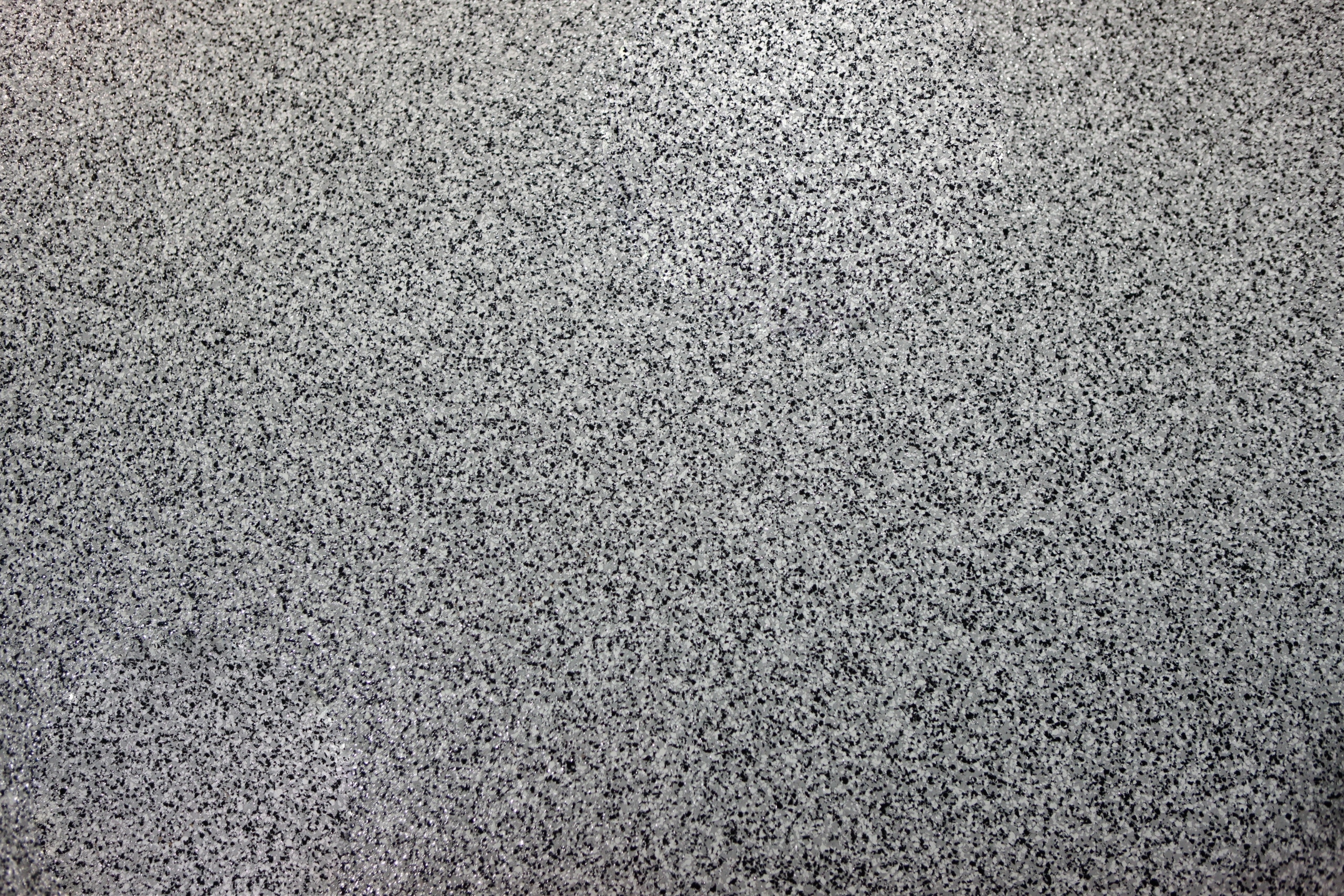
Polyaspartic floor coatings are one of the leading choices for commercial and residential flooring in the United States. Reading this article, you are probably already considering this as an option for yourself – rest assured, you’ve reached the Colorado specialists.
Trust in Epoxy Colorado, a family-owned business serving Colorado for 19 years. Contact the experts today for a free estimate!
Here is a complete list of questions we frequently get from our customers.
Developed in the 1990s as a corrosion-resistant coating, polyaspartic floor coatings have surged in popularity in commercial and residential applications. It is the perfect option for long-lasting, durable, and great-looking floors.
Polyaspartic floor coatings combine ester and various other materials to create an aliphatic and polyurea sealer. It is more durable and quicker to cure than epoxy flooring systems, making it a truly premium flooring choice. It is most commonly used in garages, basements, and commercial/ industrial spaces.
Epoxy Colorado installs all throughout Colorado. We have served Ault, Berthoud, Boulder, Colorado Springs, Denver, Estes Park, Evans, Fort Collins, Greeley, Lafayette, Louisville, Loveland, Thornton, Windsor, and more!
Benefits include:
Polyaspartic floors last up to 25 years with regular maintenance. With the Epoxy Colorado lifetime warranty, you will not have to worry about your floors again.
Read our blog for pro tips on cleaning and maintenance.
Yes! Epoxy Colorado is highly confident in our results and provides a lifetime warranty on all of our floors.
Polyaspartic and epoxy coatings have several clear differences. Polyaspartic can be installed both indoors and outdoors, is highly weather resistant, eco-friendly, fade resistant, and has incredibly fast install times. Epoxy falls short on those points but is also less expensive and far superior in its resistance to chemical/ acidic liquid damage. Read our deep dive into differences between polyaspartic and epoxy.
Polyaspartic flooring can be installed in a short period of time with 7 easy steps.
Polyaspartic floor coatings take precision to achieve a quality finished product. We recommend leaving the installation to the pros at Epoxy Colorado.
Polyaspartic floors can be installed and cured completely, ready for walking and use, within 24 hours. It can be installed in both high and low temperatures.
Using a low volatile organic compound (VOC) formula, polyaspartic coatings are perfect for those with an extra sensitive nose and a love for the environment. While it is not 100% eco-friendly when compared to epoxy, polyaspartic is a much cleaner and less foul-smelling alternative.
Polyaspartic floors are perfect for intense environments. They can withstand extremely high and low temperatures (above 300 degrees and below 0 degrees Fahrenheit), and they can hold up to high-traffic usage. It is also highly resistant to UV rays, so it can be installed indoors or outdoors.
If flooring needs to be breathable, then polyaspartic is not the best choice. Polyaspartic finishes are completely non-porous.
Polyaspartic has only a few downsides. They are hard to install, can face corrosion from acids, and generally have a higher cost than alternative flooring options.
Yes, following some preparation, polyaspartic coating can be applied on top of an old epoxy-coated floor.
Get started right away with your dream flooring solution by contacting the experts at Epoxy Colorado today! A free estimate by our Colorado professionals is the first step.
